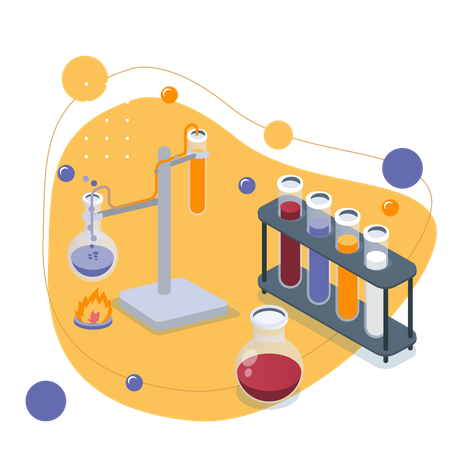
Covalent bonds are found in many substances and these can form different structures which can be split into three main categories:
Table of Contents

When a large number of atoms are joined by covalent bonds, it creates a giant covalent structure. A giant covalent structure has lots of covalent bonds linking several atoms in a regular pattern, which forms a lattice.
→Why do giant covalent structures have high melting points?These structures have high melting points due to the covalent bonds holding the atoms together. It is very difficult to break down these bonds when they are melted and they require a large amount of energy (i.e. a high temperature) to break the structure.
→Are giant covalent structures soluble in water?These structures are insoluble due to their strong covalent bonds. Therefore, these are generally inert and so do not react with water, making it impossible to dissolve.
→Why do giant covalent structures not conduct electricity?The structures are poor electrical conductors of electricity because they do not have free electrons to conduct electricity through the molecule. However, graphite is an exception.
→What are the properties of giant covalent structures?The properties of giant covalent structures are determined by the strength of the covalent bonds between the atoms. Due to the strong bonds, these structures have high melting and boiling points. They are also poor conductors of electricity.
→Why are the properties of giant covalent structures important?The properties of giant covalent structures are important for several reasons:
They have practical applications, such as being used as abrasives, cutting tools, or electrical insulators.
They help us understand the nature of covalent bonds and the physical and chemical properties of different substances.
They are used as examples to illustrate the characteristics of covalent bonding and the way that covalent bonds contribute to the overall properties of a substance.
Giant covalent structures are different from other types of structures, such as ionic structures or metallic structures, in several ways. Ionic structures have ions held together by strong ionic bonds, while metallic structures have a metallic bond holding the atoms together. Giant covalent structures have a covalent bond holding the atoms together and exhibit different physical and chemical properties compared to ionic and metallic structures.
→How are giant covalent structures formed?Giant covalent structures are formed when many atoms share electrons to form covalent bonds. This creates a large network of bonds that hold the atoms together to form a giant covalent structure.